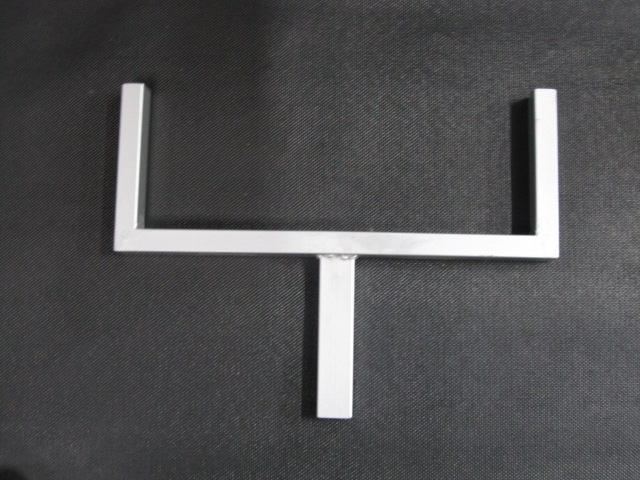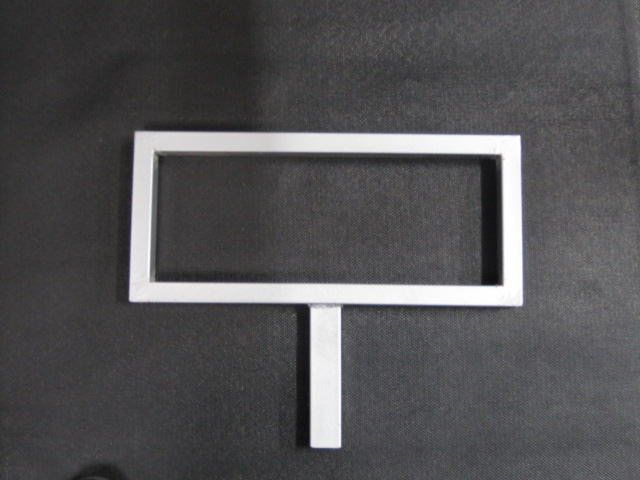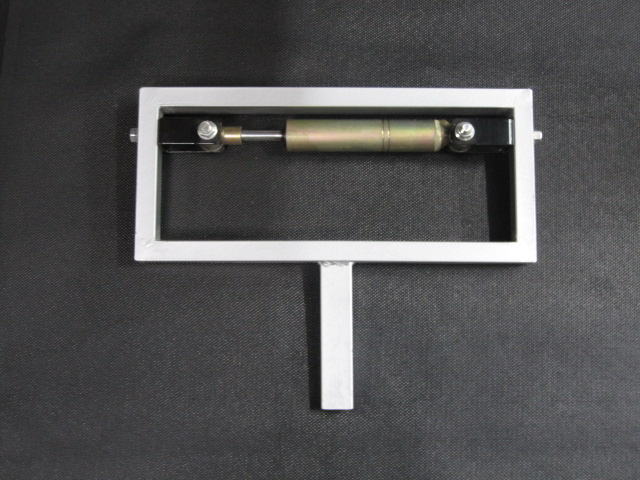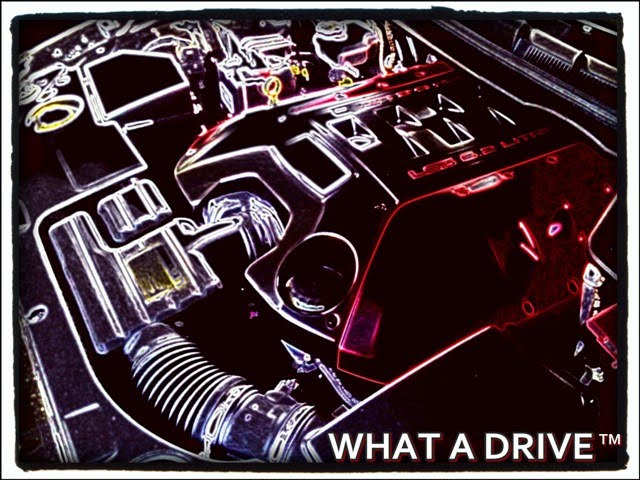 |
| My brand spanking new Nismo Performance Damper Set has finally arrived from Japan! |
 |
| Try to decipher this STi diagram that explains the benefits of the performance damper - if you dare! |
Anyway, here's the official marketing spiel from Nismo:
Even if the car body is reinforced and made more rigid, road surface input through the tires and load shifts during cornering make the entire body act like a spring, causing the occurrence of micro vibrations. The performance damper acts to control the transmission of micro vibrations to the body. During circuit driving, micro vibrations from the car body are transmitted through the steering system to the driver, resulting too often in unnecessary steering corrections. With the performance damper installed, however these micro vibrations are eliminated and excessive steering wheel handling is no longer needed, resulting in more stable handling. Also, in normal driving, the micro vibrations are eliminated, as well providing a much more enjoyable and comfortable ride.
So how does it all actually work? Well heres how. The following pictures will illustrate that a car's front strut towers is not too disimilar from a tuning fork. Now when you strike the fork, you tend to get a nice ring out of it. So imagine if you will, pieces of tubular steel welded up like a giant tuning fork. When you hit it with a hammer, the fork will emit a really loud ring, right? The next step in the demonstration is where the top of the fork is boxed off, like as if it were a strut tower brace that was installed between your car's strut towers. The next time you hit it with a hammer, it should resonate with a low dull tone i.e. a dong like sound. The final step is to have a damper installed between the forks. At the moment a hammer hits the metal piece, it should not emit any noise at all. People have described it like hitting a pillow with a hammer. Isn't that just amazing? The Japanese have done it again! Innovate!
 |
| DING! |
 |
| DONG! |
 |
| *SILENCE* |
 |
| The rear damper installed! It bolts on directly behind the stock GT-R rear strut brace! :) |
 |
| The front damper installed! A bit more effort is required, clearly! |
I'll end my post with a Yamaha press brief, which goes into detail on their technology and how it was first developed:
It is widely known that chassis performance is an important factor that functions along with suspension performance to determine the handling stability and the comfort of the ride in an automobile. For this reason, the various auto makers have invested great efforts in optimizing chassis rigidity as an important component of chassis performance. Amidst these efforts, a new project was undertaken at Yamaha Motor Co., Ltd. to develop a "performance damper" the aim of which was to greatly improve chassis performance in a way that went beyond mere optimization of chassis rigidity by adding appropriate amounts of cushioning effect at certain points.
After the basic concept of the performance damper was proven valid in actual road tests in the autumn of 2000, development efforts to put it in applicable form and improve its performance were carried out at a rapid pace. It then made its appearance as a world's-first technology on the Toyota Crown Athlete VX (2001 limited edition of 300 units). Finally, in April of this year it appeared for the first time in the world on a full-scale production model, the sports grade version of the Toyota Corolla to be shipped to the domestic Japanese, European and North American markets.
The performance damper has a simple structure and is easily mounted on a chassis, and not only does it improve handling stability and ride comfort, it also reduces vibration noise. What's more, these effects are so marked that any driver can feel the difference in normal driving, not just in extreme driving at the hands of trained test drivers. Many domestic and foreign car makers have evaluated the performance damper very highly and expectations are high that it will become a common structural element of cars from now on.










3 comments:
Wow, very valuable information about dampers. Certainly it would enhance your car's comfort in driving.
Fantastic write up! Explained it much better than I did, I only copied the Nismo description. Thanks! I may put a link in my blog to reference this if you don't mind!
Aki
Cheers Aki and please do! It would be an honour! :)
Post a Comment